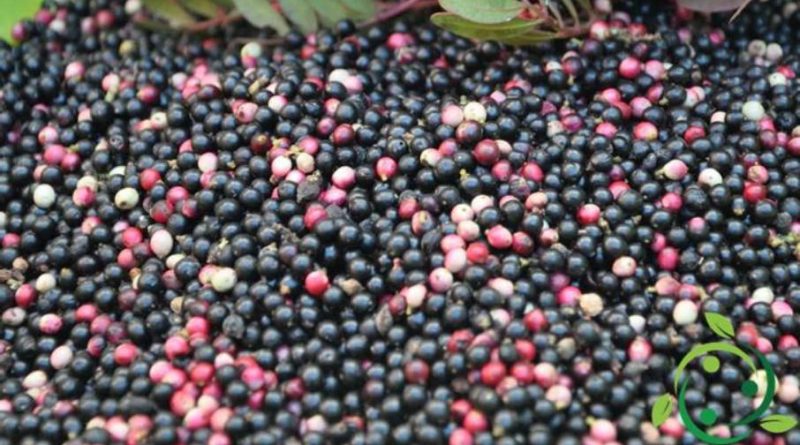Lentisk oil – properties and uses
Lentisk oil – properties and uses
Lentisk oil is obtained from Lentisk (Pistacia lentiscus, L. 1753). A plant that grows in Italy up to 600 m s.l.m. and not beyond a certain latitude. An oil used a lot in antiquity (even for oil lamps) but gradually replaced by olive oil and other oils.
Yet recent scientific studies have re-evaluated it, so it is worthwhile to pay more attention to this product, also due to the need to diversify our agro-ecosystems.
Interesting is the composition of its fatty acids, higher than that of other vegetable oils; on average its composition is: oleic acid (55.3%), palmitic acid (19.5%), linoleic acid (21.4%), palmitoleic acid (2.1%) and stearic acid (1.7%) . However, its qualities are also due to the richness of monounsaturated fatty acids, sterols and tocopherols (Vit. E); in fact, it has 97% of α-tocopherols which have the greatest antioxidant capacity, ie 8 g / kg of oil (compared to 1.1 g / kg of corn, 0.8 g / kg of canola and 0.07 g / kg of sunflower).
According to some studies, Lentisco oil has: antitumor capacity and therefore could prove to be an excellent supplement in the preventive phase; good ability to lower levels of LDL cholesterol, triglycerides and total cholesterol; useful for combating certain diseases of the gastric and digestive system, such as dyspepsia. Other studies are evaluating its effectiveness against the Elicobacter pylori which is the bacterium responsible for gastritis.
But its qualities do not stop at the food aspects; Lentisco oil is also of great interest in cosmetics and dermatology for its soothing and moisturizing action, useful in the treatment of sensitive or irritated skin, in cases of dermatitis and it could also prove useful against psoriasis.
However, both studies on the use of Lentisk oil are also focusing on assessing hypothetical contraindications in people who may show sensitivity or intolerance. However it is not an oil that has been used for a short time; historical documents also demonstrate its various uses and benefits. Starting from Hippocrates, Dioscorides and Pliny.
We report some uses in various areas of the Mediterranean and in different historical periods: oral, for the treatment of respiratory problems or sore throat, bronchitis, asthma and allergies and for gastrointestinal and digestive problems and for topical use (such as burns, wounds, eczema, dermatitis). It would also seem to have its greatest effectiveness mixed with honey or beeswax, in curing burns and healing, compared to certain specific drugs. Folk medicine also uses the use of lentisk oil to combat acne, insect bites, muscular and rheumatic pains.
After years of silence perhaps for lentisk the moment has come back to resume its place in our agro ecosystems.

